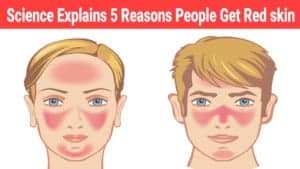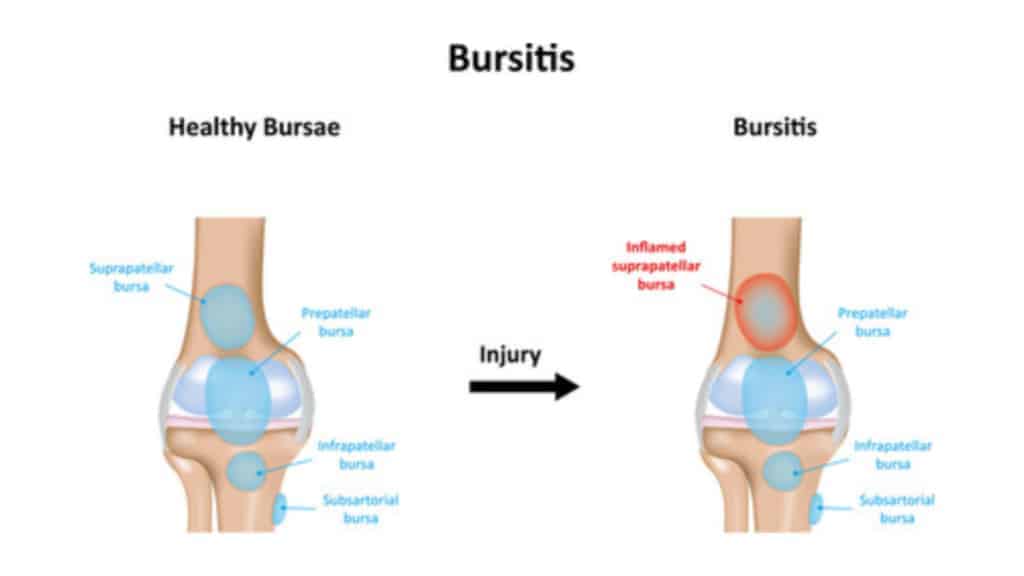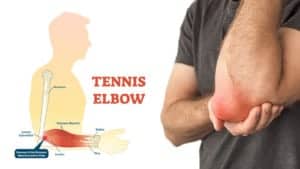Bursitis can be extremely painful and affects the bursae of the joints, which are fluid-filled sacs that are supposed to cushion tendons, bones, and muscles around your joints. When a person experiences bursitis, those bursae become inflamed.
This condition most commonly occurs in the shoulder, elbow, and hip area, but it can also occur in the knee, heel, and base of the big toe. In other words, it affects the joints that repeat the same motion often. Another way this condition can arise is by repeatedly putting pressure on the bursae around a specific joint.
Some specific examples of activities that can lead to bursitis include:
- throwing a baseball
- lifting over your head
- leaning on elbows
- kneeling for long periods
- raking or shoveling
- painting
- playing tennis
- playing golf
There are other times when this condition can occur, such as when someone is suffering from or having a flare-up of arthritis, gout, or infection. Also important to note is that it is most common in adults over the age of 40. It is essential to treat this condition early on to prevent it from getting worse and to eliminate the extreme pain that almost always occurs.
Early Signs of Bursitis to Never Ignore
The signs and symptoms of bursitis may come on slowly, but frequently they are sudden and unexpected. No matter which method the pain takes, however, it usually is always severe. If you have calcium deposits in the same area as the inflammation, the pain is even worse, making it unbearable.
While the pain from this condition has been mentioned many times already, there are different times when the pain may affect you. Along with the differences in the pain, there are many other signs and symptoms of this condition that you should watch for.
1. Sharp and shooting pain without movement
When the pain occurs when you aren’t even moving the affected joint, it is almost a dead giveaway that you are suffering from a severe case of bursitis. You should stop using the joint immediately and contact your doctor.
2. Pain when moving joints
If you experience pain when you move the affected joints, you should try to limit your activity in that area. The condition may ease on its own with rest in this case, but it could quickly become worse if repetitive use continues.
3. Stiffness in the joints
This red flag may just come across as seeming a little sore, and your movements may not be as easy. If this is the case, try to rest and apply ice to see if the signs ease.
4. Swelling of joints
This is a sign that you should see a doctor as soon as possible. It is a sign that the condition is worsening or that medical attention is required to ease the pain and heal the flare-up.
5. An unusual warmth in the joints
When you feel warmth in the area, it is likely caused by an infection. A doctor should always treat disease, so merely resting won’t do the trick.
6. Tenderness of the joints
Like some of the other signs, this may seem like a minor sign, but it could quickly become worse if not treated properly. Preventing further injury is the most important thing to do in this case, so resting the joints is essential.
7. Difficulty moving the joints
When this occurs, you will know that something is wrong. This means that the pain is likely pretty bad, and you are losing range of motion. It may be best to see a doctor to get the best treatment plan possible.
8. Fever
If your fever goes over 102 degrees, it is a huge sign that the condition is being caused by an infection. This is extremely important to have treated, as the infection can spread and lead to even more significant issues.
9. Aching joints
This is a sign that worse may be coming if you don’t make a change right away. Aching joints are never a good sign, and you may begin noticing that you have trouble moving those joints before long.
10. Bruising, a rash or redness
While you will typically see redness when this condition flares up, you may notice bruising or a rash instead.
 Diagnosis and Treatment of Bursitis
Diagnosis and Treatment of Bursitis
Diagnosis
To diagnosis this condition, you will need to see a doctor. They can sometimes diagnose it based on a physical exam, symptoms, and previous medical history. Other times, however, testing will be needed for a formal diagnosis.
The testing that may be required include:
- X-Ray (only to exclude other possible conditions)
- Ultrasound
- MRI
- Blood tests (to determine the cause)
Treatment
Most often, this condition is treated by resting the joint that is having the problem. This not only prevents more severe injury from occurring, but it also helps heal the current issue. It usually goes away in a couple of weeks with proper rest and using ice, and warm compresses can help in the meantime.
If rest doesn’t work to treat the condition, other measures may be taken. The cause of the situation will be considered when determining how to handle it. If there is no infection, then all-natural remedies can be used for treatment.
Another option is to use chamomile and olive oil mixed together. You would rub this mixture into the red, swollen, or painful area. Within a short amount of time, you may notice a reduction in pain.
One other natural remedy for treating this condition is to drink water with one tablespoon of honey and one teaspoon of apple cider vinegar mixed in. If you drink this mixture each day, the situation may be treated, and the pain will be eased.
For more severe instances, physical therapy may be prescribed. This helps build strength in the surrounding muscles, and it can ease pain and prevent the condition from reoccurring. Using a walking cane or other walking-aid may be used to relieve pain and pressure, as well.
Complications
There aren’t many complications of this condition, but the ones that may occur are enough to make you want to treat it before it gets any worse. The most common complication is a lessened range of motion and sometimes even the complete inability to move that joint. This could cause you not to be able to move your shoulder or other body parts at all.
How to Prevent Bursitis
Not all types of this condition can be prevented, but you can minimize the chances of it occurring. You can also reduce the severity of an episode, lessening the pain, and the complications that can arise.
Limit repetitive motions
The best way to prevent it is to practice doing any repetitive tasks in a way that doesn’t cause discomfort or soreness during or after the activity. If you are laying flooring, for instance, using kneeling pads can prevent a flare-up in the joints of your knees. This is the same for any task that requires kneeling, such as gardening or scrubbing floors.
Lift things safely
Another example of changing the way you do an activity to prevent this condition is to make sure you are lifting correctly. If you commonly have to lift things, make sure you are bending your needs as you lift to avoid excess stress on your hips. You can also look for every opportunity to use a dolly or cart to move heavier loads rather than carry them every time.
Take frequent breaks
In all repetitive activities, you should take breaks often. While on these breaks, make sure you are resting the joints that have been in use. If complete rest isn’t a possibility, switch up the task and do something that uses different joints for a while.
Maintain a healthy weight
Another vital way to prevent a flare-up is to watch your weight. The more you weigh, the more harmful stress you are putting on your joints. Maintain a healthy weight to ensure you are doing what you can to prevent serious issues like this.
Stretching exercises
Finally, spend some time exercising and stretching. Exercising can strengthen the muscles that you often use during those repetitive tasks, which helps protect your joints. Stretching also protects your joints, by warming up the muscles and preparing them for movement and work.
 Final Thoughts On Early Signs of Bursitis to Never Ignore
Final Thoughts On Early Signs of Bursitis to Never Ignore
Bursitis is a condition that causes extreme pain and a decreased range of motion. Paired with other signs and symptoms, and you will quickly find that this condition is hard to live with.
Early signs of bursitis should never be ignored, as it can lead to further injury and even more pain. The treatment options don’t have to be invasive or harmful, either. Luckily, there are many all-natural remedies to ease the symptoms and treat any flare-ups.




















